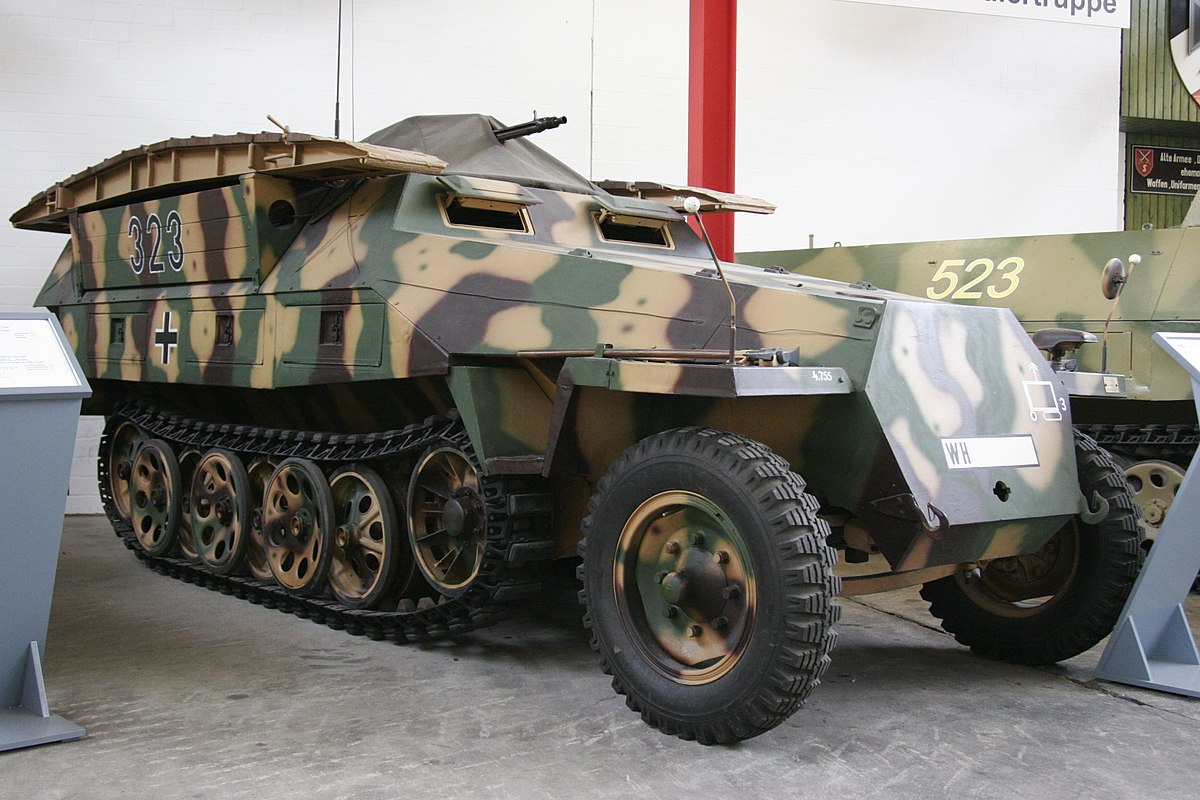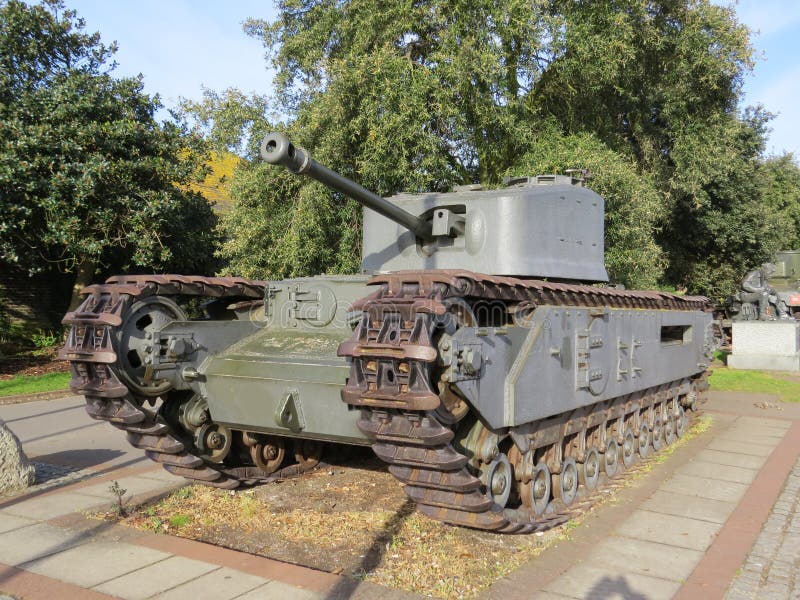

It spent time in Ypsilanti, Michigan, and was probably also demonstrated for the military at a proving ground. There are several photos of the vehicle and there is even film of the car being driven over an obstacle course. They passed on Tucker's design and the rest–as they say–is history. But the US Army had already decided against buying armored vehicles like Tucker's, opting instead for lighter reconnaissance cars. The vehicle's main punch was delivered by a 37 mm cannon mounted in it.Īlthough World War II had not started yet, everyone knew a European conflict was likely coming. Tucker claimed that it attained speeds of 78 mph over rough ground and 114 mph on "level road." The accompanying photograph showed the camouflaged car, bristling with machine guns, while Tucker, whom the magazine called "an armament manufacturer," stood inside it, pointing at the gun turret on the roof. Heavy by automobile standards, it still weighed less than similar armored vehicles and was faster than other vehicles in its class. Tucker showed the Tucker Tiger Tank to Mechanix Illustrated, which ran an article titled "Armored Tank Attains Speed of 114 M.P.H." According to the piece, published in February 1939, the vehicle's body was welded together and weighed ten thousand pounds. It was also fast, powered by a Packard V12 engine famed engine builder Harry Miller had modified for the application. The vehicle was wheeled, not tracked, so it would more properly be considered not a tank but an armored car. He developed a prototype which he called the Tucker Tiger Tank.

Tucker explored the possibility of furnishing goods to the military as the war approached, and he imagined an armored vehicle driven by a powerful engine, racing around a battlefield faster than the lumbering army tanks of the day.

Preston Tucker is well known today for the cars he built after World War II, but there is one vehicle he built before the war which–if it still exists–might be worth some money as well.


 0 kommentar(er)
0 kommentar(er)
